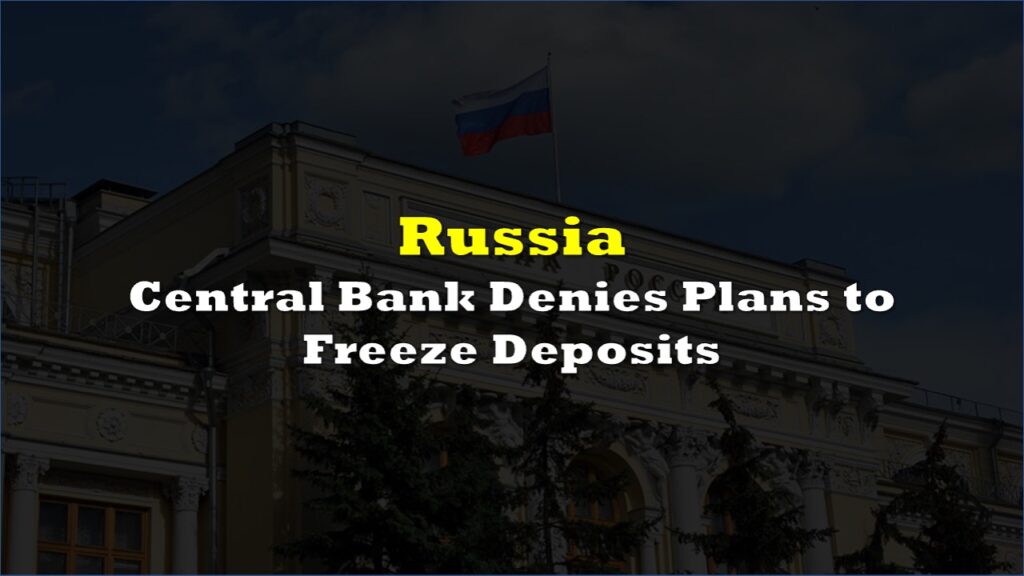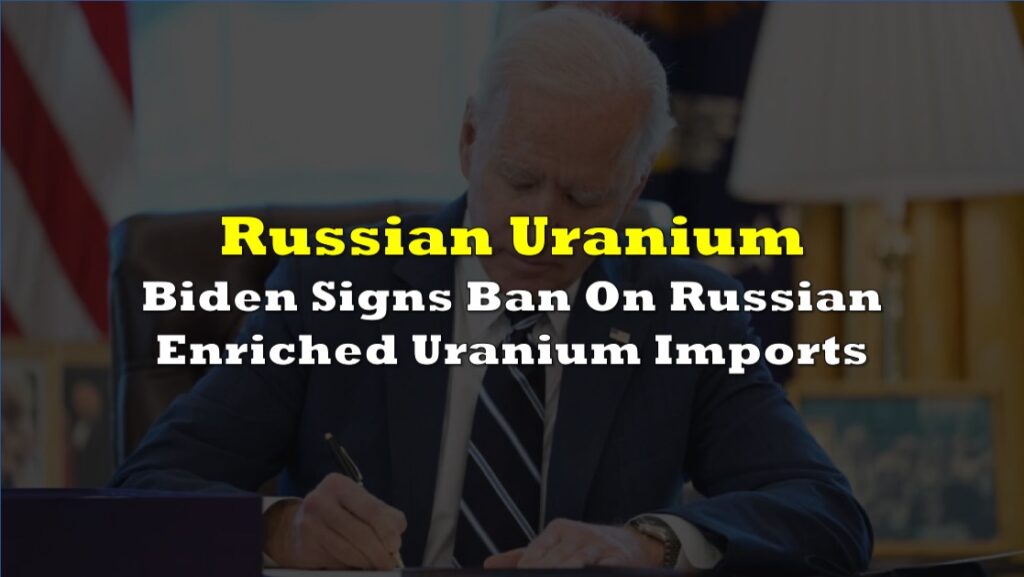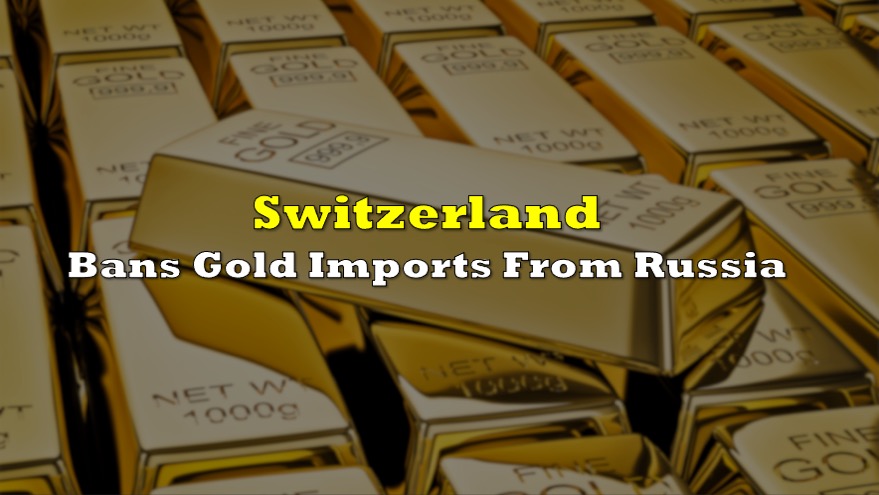Kazatomprom, Kazakhstan’s national atomic company and the world’s largest producer of uranium, is facing significant challenges as it revises down its production targets. Amid these shortfalls, there is growing speculation that a substantial portion of Kazakhstan’s uranium output is being funneled directly to Russia, further intensifying the geopolitical implications of the company’s struggles.
The most glaring example of Kazatomprom’s difficulties lies within the Budenovskoye joint venture, a partnership between Kazatomprom and the Stepnogorsk Mining and Chemical Combine (SGCC), with Russia’s Rosatom holding a substantial stake through SGCC. Budenovskoye is a critical component of Kazakhstan’s uranium production strategy, particularly sections 6 and 7, which were expected to drive significant increases in output over the coming years.
However, recent reports reveal that production forecasts for these sections have been drastically revised.
Initially, Kazatomprom had planned to produce 2,500 tons of uranium from Budenovskoye’s sections 6 and 7 in 2024, with a sharp increase to 4,500 tons in 2025 and full capacity of 6,000 tons by 2026. These figures have now been slashed. Production in 2024 is now guided to just 500 tonnes, and in 2025 is expected to reach only 1,300 tons, a steep decline from earlier estimates. The target for 2026 has also been reduced to 3,750 tons, with the full 6,000-ton nameplate capacity now pushed back to 2027.
This significant reduction, amounting to a shortfall of 3,200 tons (8.32 million pounds) in 2025 and 2,250 tons (5.85 million pounds) in 2026, is particularly concerning because all production from these sections is contracted to Rosatom under a three-year deal stretching from 2024 to 2026.
💥Flash!⚡️ New insights into Kazatomprom's 23 August release of #Kazakhstan's 2025 #Uranium Production Guidance have been published by Kazakh media outlet inbusiness.📰🇰🇿 Revised production figures for blocks 6 & 7 of the Russian Budenovskoye JV, were contained in a summary of… pic.twitter.com/I31wwPsOr4
— John Quakes (@quakes99) August 17, 2024
Redirected uranium supply?
These production issues have fueled speculation that the lion’s share of Kazakhstan’s uranium output may be redirected to Russia, a critical player in the global nuclear energy market. According to the latest reports, every ton of uranium produced from Budenovskoye’s sections 6 and 7 over the next few years is slated for export to Russia, potentially giving Rosatom a near-monopoly on any increases in Kazakhstan’s uranium production through 2028.
This arrangement is particularly concerning given the current geopolitical climate, where energy resources are increasingly leveraged as tools of influence and control. With Kazatomprom’s production failing to meet its original targets, the shortfall could effectively deepen Russia’s reliance on Kazakhstan for its nuclear fuel supply, while simultaneously limiting the availability of uranium on the broader global market.
Further compounding this situation, Kazatomprom’s overall uranium production guidance for 2024 has also been revised downward. Originally set at 25,250 tons, the new guidance now sits at 23,000 tons. This drop is directly tied to the delays at Budenovskoye, where construction issues and difficulties securing essential materials like sulfuric acid have hindered progress.
The challenges are not limited to the Budenovskoye project. The KATCO joint venture, operated by Kazatomprom (49%) and French nuclear company Orano (51%), is also seeing fluctuating production levels. KATCO operates at the Yuzhny and Tortkuduk sections of the Moinkum deposit, where production is expected to decrease significantly at Yuzhny—from 321 tons in 2025 to just 109 tons in 2026, before ceasing entirely in 2027. Tortkuduk, on the other hand, is set to increase its output, reaching 3,892 tons by 2026 before stabilizing at 4,000 tons annually from 2027 to 2034.
The Appak joint venture, where Kazatomprom holds a 65% stake alongside Japanese partners Sumitomo Corporation and The Kansai Electric Power Co., Inc., is also scaling back its production goals. Initially targeting a stable output of 1,000 tons per year from 2023 to 2035, Appak has now revised this figure to a maximum of 800 tons annually from 2024 to 2041, to extend the life of the mine.
Kazatomprom’s production shortfalls and the increasing speculation that much of its output is being diverted to Russia could have significant implications for the global uranium market. Any disruptions or reductions in the output can send ripples through the market, potentially driving up prices and creating supply shortages.
Furthermore, the potential redirection of Kazakhstan’s uranium to Russia could strain relationships with other countries reliant on Kazakhstan’s supply, especially in the West, where concerns about energy security and dependence on Russian resources are already high.
Information for this story was found via the sources and companies mentioned. The author has no securities or affiliations related to the organizations discussed. Not a recommendation to buy or sell. Always do additional research and consult a professional before purchasing a security. The author holds no licenses.









